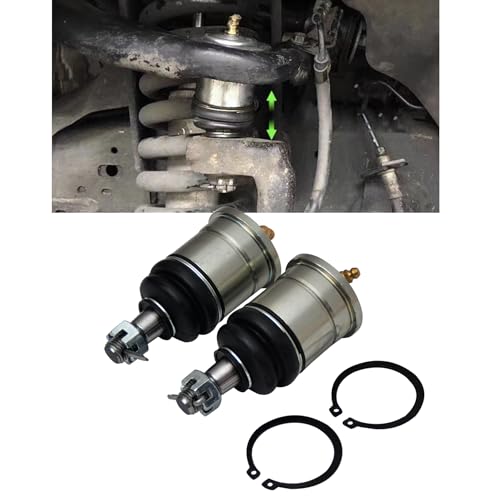Pickle445
Member
I’ve just ordered a blank egr gasket for my 2012 yd25. Will I get an engine light after doing it?

It has been reported that some models have a flow sensor.
There is no sensor in my model to trip a code.
I used a hand cut piece of stainless steel, planted a couple of trees instead.I’ve just ordered a blank egr gasket for my 2012 yd25. Will I get an engine light after doing it?




As I understand it the EGR only opens at low power settings anyway, so it's more of a compliance device than an actual emission-reduction thing.
Happy to be told otherwise though...
My EGR system is fully functional but for a blanking plate and a U-shaped hose that cuts off the EGR cooler- it's a Spanish-build 140kW engine, I believe the D22 setup is different.
I was told I might have to drill a small hole in the plate, 3mm or so, to prevent error codes but that isn't case and the EGR pipe remains completely blocked.
None of the magical power/economy improvements have manifested, but there's less smoke when the throttle is wide open and I hope less sludge in the intake ports.
false.the ECM WILL rely on the EGR to properly fuel your engine
that makes no sense. also diesel temps never get hot enough to burn up turbo vanes.This ECM algo relies on the intake and the exhaust temperatures to handle both boost and heat required to get the best out of your engine and not burn up the vanes of the turbo when doing so.
it splices into the intake temp sensor which is in the maf and it makes it look like its super cold, so the ecu turns off the egr.The 2015 YD25 EGR blocking kits come with a resistor that your need to add in series to the MAF sensor (spliced into the intake temp wire) to provide a bias voltage to trick the ECM into thinking the temp is greater than it actually is (as the temp gets higher, the resistance decreases).
all d40's/yd25 have cats, early ones i think are on the back of the turbo.On my 2005 ECM no need for that resistor because it has no cat,
You guys are confusing me hahah.false.
that makes no sense. also diesel temps never get hot enough to burn up turbo vanes.
it splices into the intake temp sensor which is in the maf and it makes it look like its super cold, so the ecu turns off the egr.
quite correct that the resistance if the temp sensor goes down as it heats up, so by adding a resistor in series you increase the resistance like it would read on a super cold day.
the resistor is used so the egr valve doesn't keep operating, wear out and cause a fault. the plate is not strictly required but handy if egr valve gets stuck open.
all d40's/yd25 have cats, early ones i think are on the back of the turbo.
cats where fitted in the d22 with the introduction of the zd30 back in 2001.
Did you do anything else like block the egr cooler? Or is it as simple as put in the blank plateI used a hand cut piece of stainless steel, planted a couple of trees instead.
the plate is fine. plenty have done it on here. i'm sure there is a few write ups around somewhere.Did you do anything else like block the egr cooler? Or is it as simple as put in the blank plate
if egt is to high i doubt it reduces boost as that makes egt go up not down. it also won't put more fuel in for the cat. it only injects fuel into the cat to burn soot out of the dpf ie regen. dpf models have egt sensor for controlling dpf temps, very few of the early ones have it for trimming fuel. some have it in the egr tube.Don't concur with "false" reply. The ECM-controlled EGR systems recirculate a parts of exhaust back into the engine's intake manifold, reducing combustion temperatures and minimising NOx emissions. The exhaust temp sensor (if temp is too high) will reduce boost or inject more fuel for the cat, if there is a DPF it monitors that there is enough temperature for its regen. Hence properly trim the fuel to protect and serve.
Enter your email address to join: